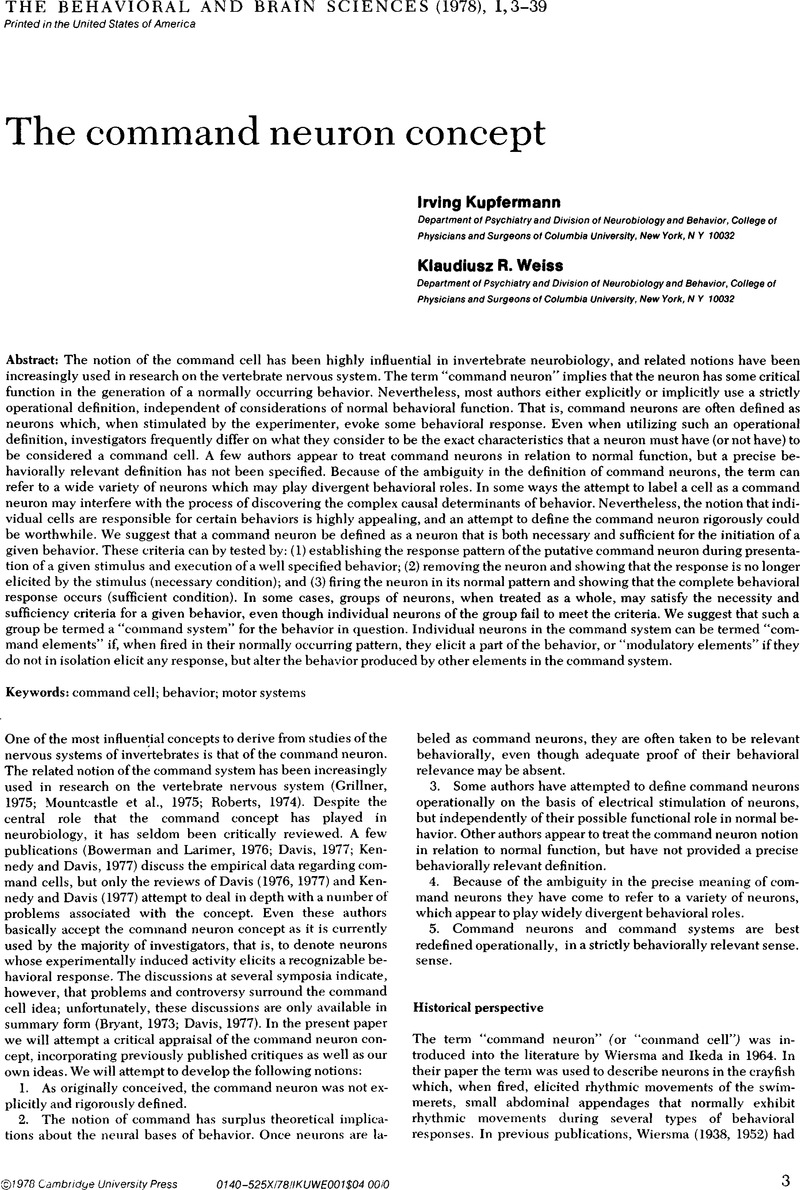Crossref Citations
This article has been cited by the following publications. This list is generated based on data provided by Crossref.
Rock, Michael K.
Hackett, John T.
and
Les Brown, D.
1981.
Does the Mauthner cell conform to the criteria of the command neuron concept?.
Brain Research,
Vol. 204,
Issue. 1,
p.
21.





